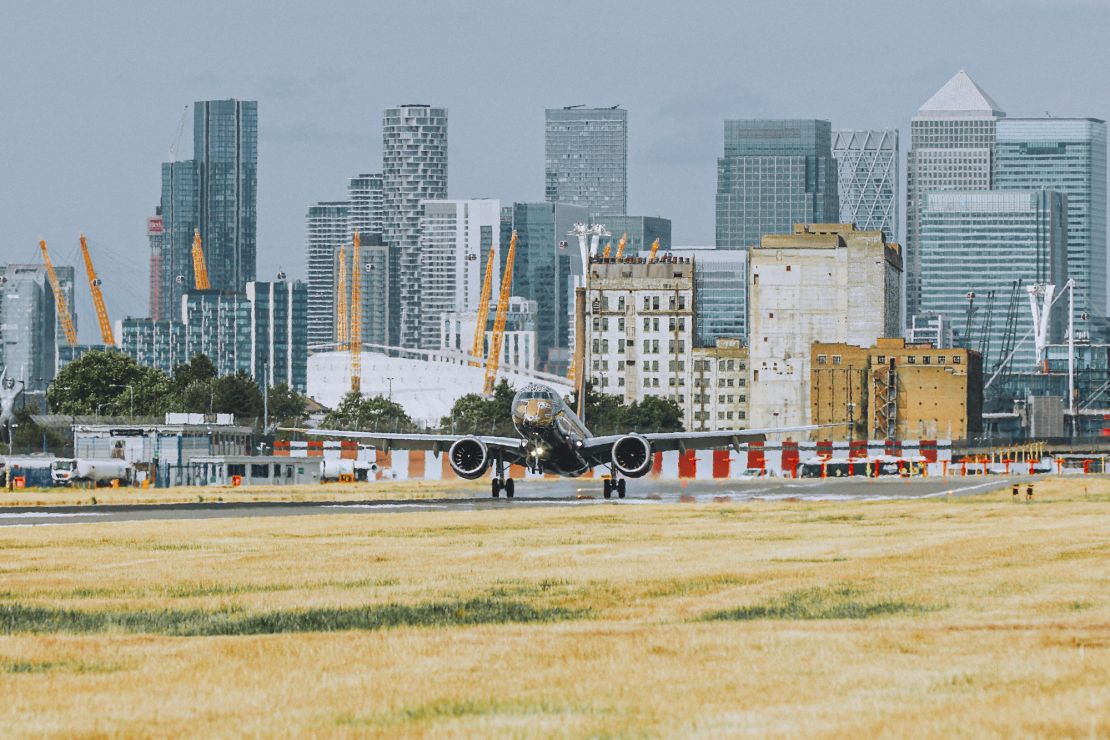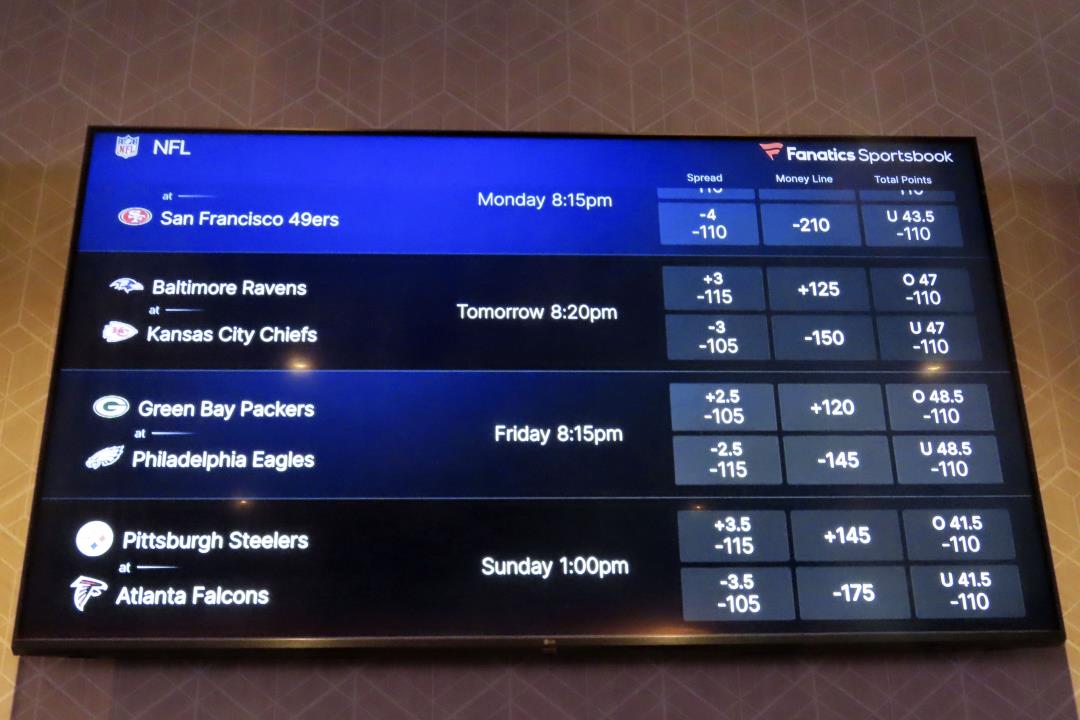CNN
—
In late 1965, at what’s now London Heathrow airport, a commercial flight coming from Paris made history by being the first to land automatically.
The plane – A Trident 1C operated by BEA, which would later become British Airways – was equipped with a newly developed extension of the autopilot (a system to help guide the plane’s path without manual control) known as “autoland.”
Today, automatic landing systems are installed on most commercial aircraft and improve the safety of landings in difficult weather or poor visibility.
Now, nearly 60 years later, the world’s third largest aircraft manufacturer, Brazil’s Embraer, is introducing a similar technology, but for takeoffs.
Called “E2 Enhanced Take Off System,” after the family of aircraft it’s designed for, the technology would not only improve safety by reducing pilot workload, but it would also improve range and takeoff weight, allowing the planes that use it to travel farther, according to Embraer.
“The system is better than the pilots,” says Patrice London, principal performance engineer at Embraer, who has worked on the project for over a decade. ”That’s because it performs in the same way all the time. If you do 1,000 takeoffs, you will get 1,000 of exactly the same takeoff.”
Embraer, London adds, has already started flight testing, with the aim to get it approved by aviation authorities in 2025, before introducing it from select airports.
Just like Airbus, Embraer has been taking advantage of Boeing’s recent troubles and has been gaining market share, and is now the leading manufacturer of commercial jets with up to 150 seats.
It has delivered almost 1,700 aircraft from its popular E-Jet family, introduced in 2004. Earlier this year, American Airlines announced an order for 90 E175 planes – a regional jet with a capacity of about 80 passengers – with the intent to convert its entire regional fleet to Embraer aircraft by 2030.
In 2018, Embraer revamped some of the models in the family with new engines, wings and avionics, calling them E2. Two variants are now in service, the E-190-E2 and the slightly larger E-195-E2, seating up to about 140 passengers, which puts them in direct competition with the Airbus A220.
Just over 120 E2 aircraft have been delivered so far, with Canada’s Porter Airlines, Brazil’s Azul and The Netherland’s KLM Cityhopper currently the largest operators. Embraer has orders for about 200 more.
It’s on these planes that the company is going to introduce its new automated takeoff system. “I had the pleasure of flying the system on the real airplane a week ago, and it’s amazing,” says Luís Carlos Affonso, senior vice president of engineering and technological development at Embraer. “We believe that the training for pilots will be very limited, because you don’t really change the procedure.”
During an automated takeoff, Affonso says, there is only one key deviation from current procedures. “You do not rotate yourself. You have your hands on the yoke, and the airplane rotates itself,” he says, referring to the action of pulling back on the controls to make the plane’s nose go up.
“In the auto landing, you also have to keep your hands on the controls, and the airplane lands itself. It’s the same here. All the rest remains identical and when the airplane crosses 200 feet in altitude, the system reverts to the normal autopilot and autothrottle, so life goes back to usual.”
Before reaching that altitude, however, the system would have made it possible for the plane to take off earlier and use less of the runway. As a result, the takeoff distance – which is calculated from the release of the brakes until the plane reaches 35 feet of altitude – is reduced compared to a manual takeoff.

Crucially, the system allows the plane to take off as early as possible and more steeply, but without ever incurring a tail strike — a dangerous situation in which the tail of the plane touches the runway or an obstacle as the aircraft lifts off, sometimes as a result of pilot error.
“If you’re a pilot, you have to give some room for error,” says Affonso. “But because this system is so precise and consistent, you don’t need the same margins and you can operate closer to the optimum in the initial rotation, as if you were closer to touching with the tail. Except you will not.”
Embraer says this optimization allows for an increase in takeoff weight, which means either more passengers or more range — up to 350 nautical miles. This opens up destinations that are precluded with the same combination of airport and aircraft, but without the automated takeoff system.
For now, Embraer plans to introduce the system at three airports: London City in England, Florence in Italy and Santos Dumont in Brazil, but the company says it’s receiving interest for more.
What happens in case of an emergency? The system reacts in the same way as the normal autopilot, sounding an alarm and giving controls back to the pilots. “I tested the system in failure cases, especially when you lose an engine,” Affonso says. “It is amazing how you get a workload reduction, especially during a failure. Whenever you reduce the workloads, you make for a safer operation.”
However, Affonso adds, this is not a first step towards total automation, or even getting rid of one of the pilots. “We are just adding one phase, which is the takeoff phase, where you now can have the autopilot engaged,” he says, “but it’s far from from autonomous, because the pilot is there, and if there is a failure, the pilot is the one that will take control.”
According to Gary Crichlow, an aviation analyst at Aviation News Limited, at this stage it’s too early to tell how the benefits touted by Embraer for the system will translate into real-world operation. “In principle, allowing the system to select and perform the optimal takeoff profile automatically seems like an extension of what has become standard practice in other parts of the flight envelope, rather than a radical step towards a fully autonomous aircraft,” he says.
But as with every other system enhancement ever created, he adds, it all comes down to the implementation” “Whether the system is as readily retrofittable as expected, whether it proves to need no additional training, how well it handles real-world operation, and of course, whether it actually results in a significant improvement in operational efficiency – only time will tell.”










